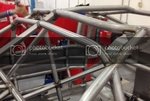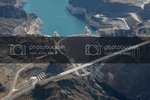While everyone is anxiously awaiting that new car, the 'old car' is picking right up where they left off last season...
http://m.imsa.com/articles/johnson-sets-unofficial-track-record-daytona-ford-mustang
Apparently Jim Click fared pretty well in the opening session, too.
http://m.imsa.com/articles/jim-click-mustang-paces-opening-session-daytona
Just awesome!!! I hope Multimatic runs both cars at some races this season...
http://m.imsa.com/articles/johnson-sets-unofficial-track-record-daytona-ford-mustang
Apparently Jim Click fared pretty well in the opening session, too.
http://m.imsa.com/articles/jim-click-mustang-paces-opening-session-daytona
Just awesome!!! I hope Multimatic runs both cars at some races this season...
















